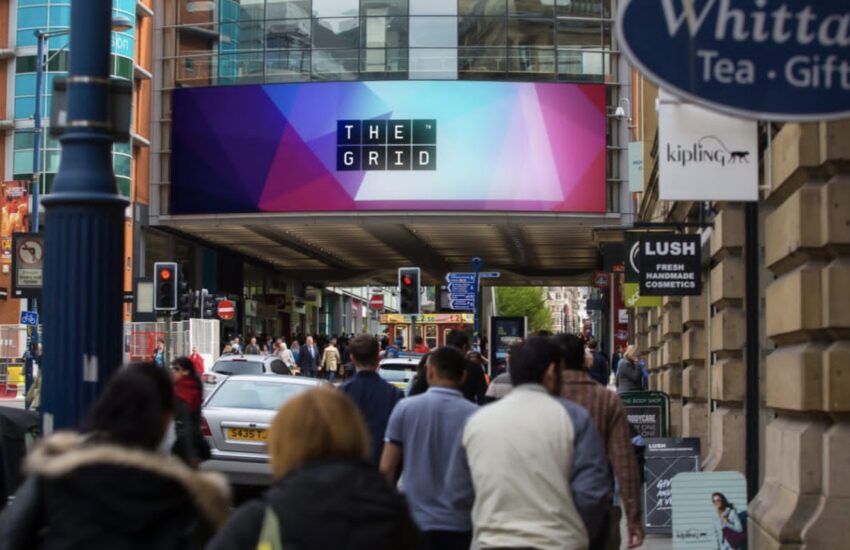Remember when advertising meant catchy jingles on the radio or flashy billboards on the highway? Those days feel almost nostalgic now. Today, the world of advertising is faster, smarter, and more personal but also more complicated. As someone who’s worked in marketing for years, I have seen firsthand how digital transformation has rewritten the rules.
The Digital Takeover: Goodbye TV, Hello Social Media
Gone are the days when brands could just buy a 30-second TV spot and call it a day. Now, if you are not on social media, you might as well be invisible. Platforms like Instagram, TikTok, and LinkedIn have become the new battlegrounds for attention.
I remember when a client insisted on running a newspaper ad in 2020 it barely made a dent. Meanwhile, a simple targeted Facebook campaign brought in three times the leads. The lesson? Digital advertising is not just an option anymore; it is the lifeline for most businesses.
Data: The Secret Weapon of Modern Advertising
Here is the thing: modern advertising thrives on data. Every click, like, and scroll tells a story. With tools like Google Analytics and AI-driven insights, marketers can predict what you want before you even realize it.
But let us be honest this power comes with responsibility. Ever searched for sneakers and then seen ads for them everywhere? That is hyper-targeting at work. While data driven advertising is incredibly effective, it also raises big questions about privacy. How much data is too much? As advertisers, we have to walk that fine line carefully.
Why Authenticity Matters More Than Ever
Consumers today are smart; they can smell a sales pitch from miles away. I learned this the hard way when an overly promotional campaign flopped miserably. People do not just want products; they want brands that align with their values.
Take Patagonia, for example. Their commitment to sustainability is not just a tagline it is woven into everything they do. And guess what? Their audience loves them for it. The takeaway? Authenticity in advertising is no longer optional.
The Future: AI, AR, and Beyond
Just when we think we have seen it all, something new pops up. Augmented reality AR filters, AI-generated content, and even virtual reality shopping experiences are changing the game. I recently tried an AR app that let me “place” furniture in my living room before buying it felt like magic.
But here is the real challenge: keeping up. The best advertisers will be those who blend tech innovation with real human connection. Because no matter how advanced ads get, people still crave stories that resonate.
Final Thoughts
Advertising is not what it used to be and that is both exciting and daunting. From data-driven strategies to ethical dilemmas, the landscape keeps shifting. But one thing remains true: the brands that listen, adapt, and stay genuine will always come out on top.
References
American Advertising Federation. (2022). “State of Advertising Report”. Annual Industry Research.
U.S. Federal Trade Commission. (2021). “Digital Advertising Regulations and Consumer Protection”. Research Publication. https://www.ftc.gov/digital-advertising
Kotler, P., & Armstrong, G. (2020). “Principles of Marketing in the Digital Age”. *Marketing Science Journal*, 55(4), 78-95.
World Federation of Advertisers. (2022). “Global Advertising Trends and Ethical Considerations”. International Research Report. https://www.wfanet.org/advertising-trends

